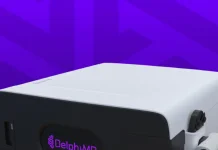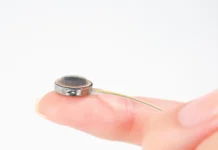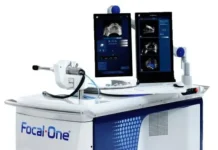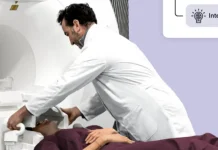inHEART, a privately-held medical device company delivering the world’s most advanced, AI-driven digital twin of the heart, announced today that it has received FDA 510(k) clearance for its AI software module. The new AI module enables first-of-its-kind, fully automated segmentation of CT images in the creation of 3D cardiac models, allowing inHEART to deliver its solution to physicians with greater speed and efficiency. While this advancement has been commercially available to clinicians in the EU, with this clearance, inHEART will now deliver it to hospitals across the US.
Related: FDA clears Ventris Medical Amplify standalone bone graft putty
“The addition of AI automation is an important milestone as it allows us to optimize the expertise of our team and deliver our solution within hours to physicians,” said Todor Jeliaskov, President and CEO of inHEART. “Our mission is to make world-class cardiac imaging expertise available to all physicians to optimize treatment strategies, improve clinical outcomes, and treat patients in a timely manner. With our new AI module, we look forward to scaling the production of inHEART’s digital twin of the heart in more centers across the US.”
The inHEART solution aims to address many of the challenges of conventional ablation by creating highly detailed, interactive 3D models of the heart generated by the proprietary segmentation algorithm that analyzes preprocedural CT and/or MR images. This information allows physicians to optimize treatment strategies based on each patient’s unique cardiac anatomy and supports pre-procedural planning and seamless integration into all major electroanatomic mapping (EAM) systems. With the addition of this new module, inHEART is now able to deliver its solution to physicians with the efficiency of AI.
With the use of inHEART, early clinical evaluations have shown a potential to reduce VT procedure times by 60% as compared to the conventional approach (from 5 hours to less than 2 hours). Shorter procedures are typically associated with superior safety and patient experience. In addition, these evaluations have demonstrated that image-guided ablations reduce VT recurrence rates by 38% compared to conventional ablation strategies.






